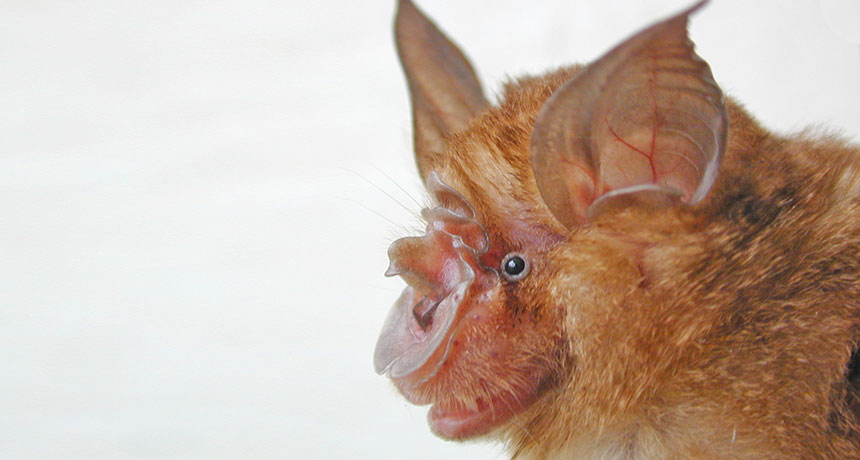Bats in China carry all the ingredients to make a new SARS virus
Dangerous strains may arise when viral genes mix inside a bat

GOING VIRAL Genetic studies of viruses from horseshoe bats (shown) in one cave in China suggest the animals are reservoirs of SARS coronaviruses. Bats harbor many viruses that can sometimes infect people, including Ebola and Marburg.
Libiao Zhang/Guangdong Institute of Applied Biological Resource, China






